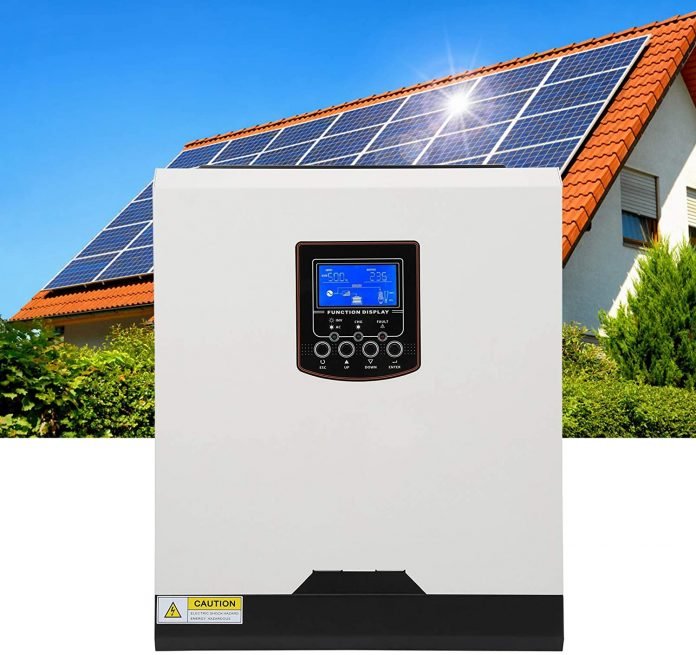Last Updated on June 20, 2022 by rida
Looking for a better battery for your next project? LiPo batteries may be just what you need! Learn more about these batteries in today’s blog post. We’ll discuss what they are, how they work, and some of their benefits. Let’s get started!
Most people are familiar with traditional batteries, like the ones you find in a flashlight. These are called “dry cell” batteries, and they use a chemical reaction to create an electrical current. LiPo batteries are a type of dry cell battery, but they use a different kind of chemistry. Instead of using lead and acid, LiPo batteries use lithium and phosphate. This gives them a few advantages over traditional batteries. For one thing, LiPo batteries are much lighter than other types of batteries. They’re also more efficient, meaning that they can hold more charge per unit of weight. However, LiPo batteries are also more expensive than other types of batteries, so they’re not always the best choice for every application.
IoT devices are becoming more and more popular, and one of the key components in these devices is the battery. LiPo batteries, or lithium-ion polymer batteries, are a type of rechargeable battery that offers a number of advantages over other types of batteries. They are lighter weight than other types of batteries, making them ideal for use in portable devices. They also have a higher energy density, meaning they can store more energy in a given space. LiPo batteries also have a lower self-discharge rate, meaning they will retain their charge for longer periods of time. For these reasons, LiPo batteries are an excellent choice for use in IoT devices.
Table of Contents
Lithium polymer batteries are used in cars to power the electric engine
Lithium-ion batteries are widely used in electric cars. In addition to fueled cars, electric vehicles include hybrid electric vehicles, plug-in hybrid electric vehicles, and all-electric vehicles. The benefits of using lithium polymer batteries in cars are that they’re smaller and lighter than traditional lead-acid batteries, can be discharged and recharged more frequently without damaging the battery, charge faster, and have a longer life span. Lithium-ion batteries are also more expensive than lead-acid batteries, so there’s a tradeoff between cost and performance. When choosing a battery for an electric car, it’s important to consider the specific needs of the vehicle and the driver.
They are also used in drones to power the propellers and camera
Lithium batteries are increasingly being used in drones due to their high power density and long life. The most common type of lithium battery is the lithium-ion (Li-Ion) battery, which offers a good balance of power and weight. However, for drones that need to stay in the air for extended periods of time, such as those used for surveillance or mapping, lithium polymer (LiPo) batteries are often used. LiPo batteries offer a higher energy density than Li-Ion batteries, meaning they can power a drone for longer before needing to be recharged. In addition, LiPo batteries are less susceptible to damage from overcharging and can be charged faster than Li-Ion batteries. As a result, they are an ideal choice for drones that need to stay in the air for extended periods of time.
LiPo batteries are often used to power remote control vehicles
LiPo batteries are often used to power remote control vehicles because they are lightweight and have a high power-to-weight ratio. LiPo batteries are also used in some types of sensors in IoT devices. In a LiPo battery, the anode is made of lithium metal, and the cathode is made of a carbon material. The electrolyte is a solid polymer that contains lithium ions. When the battery is discharged, the lithium ions flow from the anode to the cathode through the electrolyte. The anode and cathode are connected to an external circuit, and when the battery is connected to a load, electrons flow through the external circuit from the cathode to the anode. The chemical reaction that occurs during discharge produces heat, and this heat must be removed from the battery to prevent damage to the cells.
Finally, they can be used to store energy from solar or wind turbines
One of the benefits of using LiPo batteries is that they can be used to store energy from renewable sources like solar or wind turbines. When the renewable energy source is unavailable (e.g. at night), the stored energy in the batteries can be used to power devices or charge other batteries. LiPo batteries are also popular because they offer a high energy density, meaning they can store more energy than other types of batteries. This makes them ideal for applications where space is limited, such as in electric vehicles. Another advantage of LiPo batteries is that they can be quickly charged and discharged, which is useful for applications that require a lot of power in a short period of time (e.g. power tools).
Wrapping Up
LiPo batteries are often used to power remote control vehicles because they are lightweight and have a high power-to-weight ratio. LiPo batteries are also used in some types of sensors in IoT devices. In a LiPo battery, the anode is made of lithium metal, and the cathode is made of a carbon material. The electrolyte is a solid polymer that contains lithium ions. When the battery is discharged, the lithium ions flow from the anode to the cathode through the electrolyte. The anode and cathode are connected to an external circuit, and when the battery is connected to a load, electrons flow through the external circuit from the cathode to the anode. The chemical reaction that occurs during discharge produces heat, and this heat must be removed from the battery to prevent damage to the cells.
Read More: Should You Buy a Hybrid Inverter If You Don’t Have Batteries?













